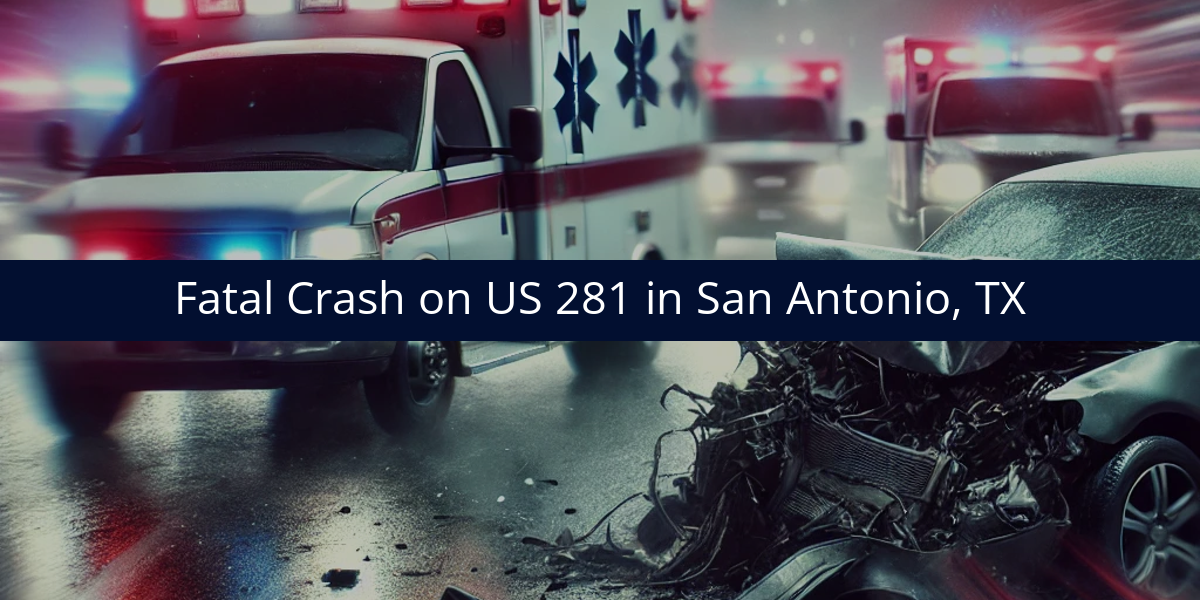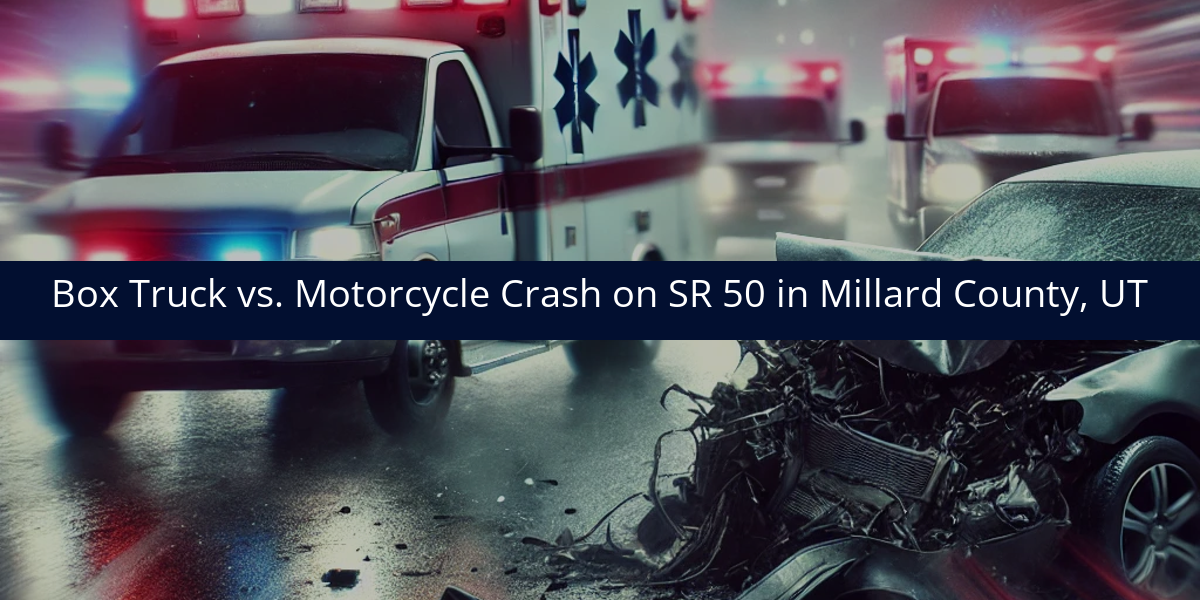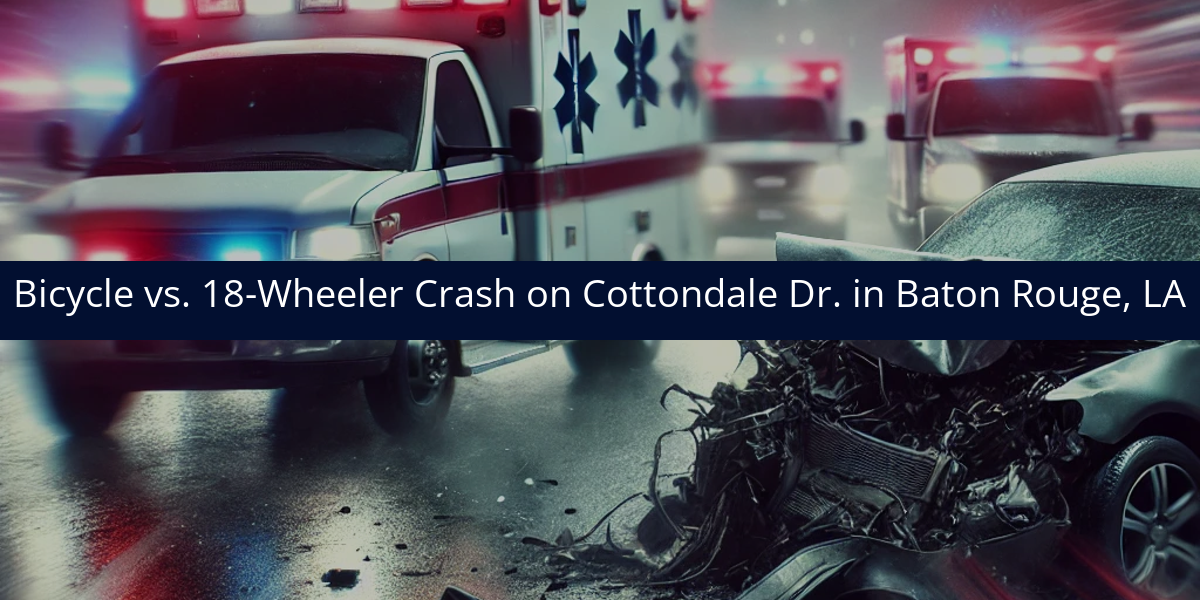A multi-vehicle collision involving a semi-truck, a box truck, and a pickup shut down northbound I-15 in Victorville on Tuesday afternoon and left one driver with serious injuries.
According to reports, the crash occurred around 2:59 p.m. just south of Bear Valley Road. The vehicles involved included a white box truck, a Schneider semi-truck, and a white Chevy pickup. The box truck reportedly suffered catastrophic front-end damage, which left its driver trapped inside the cab. After nearly an hour of extrication efforts, firefighters freed the driver, who was airlifted to a trauma center in critical condition. The Chevy pickup was found in a drainage ditch with significant rear-end and windshield damage. That driver was categorized as a “delayed” patient. The driver of the semi-truck was reportedly uninjured, though the trailer sustained visible damage to its rear doors.
When I see a crash involving both a semi-truck and a commercial box truck—particularly one that results in this level of damage—I start thinking about how the accident happened.
Could Speed, Spacing, or Lane Positioning Have Played a Role?
In crashes involving large commercial vehicles on busy corridors like I-15, one of the first questions that needs to be answered is whether all drivers were operating their vehicles at a safe speed and maintaining adequate following distance. Even a moment of misjudgment in traffic spacing or improper lane usage can trigger a chain-reaction crash.
Investigators will need to examine vehicle positions, GPS data, and road markings to determine whether one of the commercial drivers failed to maintain a safe buffer or changed lanes without sufficient clearance. The fact that the semi’s trailer sustained rear damage and the box truck had severe cab intrusion suggests a high-speed impact from behind, but it’s not clear who initiated the chain of events.
Could Mechanical Issues Have Prevented a Commercial Vehicle From Slowing or Maneuvering?
Mechanical failure is another possibility that needs to be explored. With at least two commercial vehicles involved, investigators should closely examine both the semi-truck and the box truck for brake system integrity, steering performance, and tire condition. If either vehicle was not properly maintained, a failure could have contributed to the severity or origin of the crash.
Load stability and trailer weight could also be factors. An overloaded or unbalanced vehicle can make stopping distances longer and maneuvers more difficult.
Was All the Relevant Evidence Collected?
In a complex crash like this, gathering and preserving all available evidence is crucial. The semi-truck’s Engine Control Module (ECM) can provide data on speed, brake pressure, and throttle position in the moments before the impact. Investigators should also recover dash cam footage, if available, and review traffic camera feeds from the area.
Physical evidence at the scene—including impact angles, debris trails, and skid marks—will help reconstruct the sequence of events. Interviews with witnesses and statements from each driver involved will also be important in clarifying what occurred and how quickly the situation escalated.
Why a Thorough Investigation Is So Important
Crashes involving multiple commercial vehicles on major highways are rarely straightforward. From my experience, determining how and why a crash like this occurred requires more than identifying who hit whom—it involves looking at driver decisions, vehicle conditions, and the traffic at the time of the accident. A thorough investigation helps find answers to these questions.











